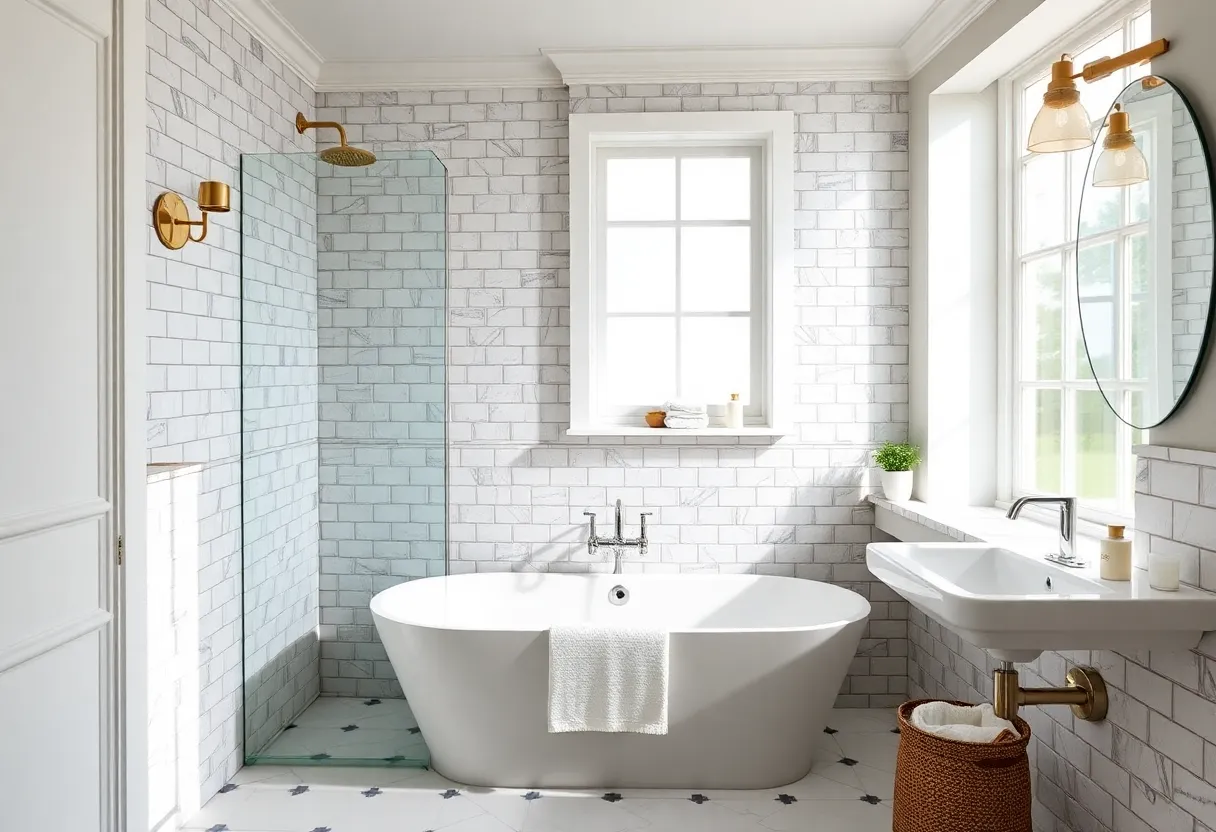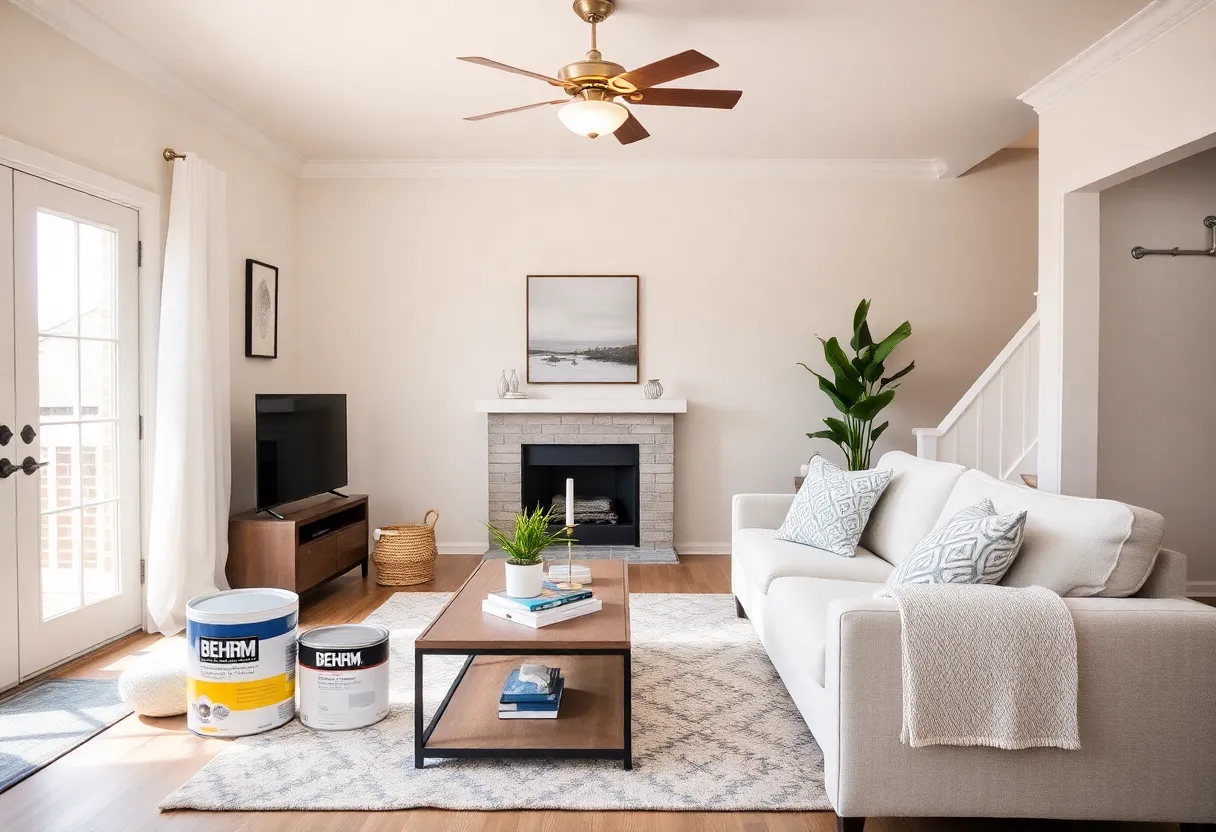DIY Bathroom Renovation: A Beginner’s Guide to Success
Embarking on a DIY bathroom renovation can be a rewarding yet challenging task. This guide aims to provide you with a comprehensive overview of essential steps, materials, and considerations. With this knowledge, you can ensure your project is successful and meets your expectations.
Understanding Your Space
Assessing the Current Layout
Begin by taking a close look at your current bathroom layout. Consider the placement of essential fixtures such as the toilet, sink, and shower or bath. Recognizing the space you have will help you make informed decisions about what changes to implement.
Defining Objectives
Establish clear objectives. Are you looking for a complete overhaul or just cosmetic updates? Outlining these goals early saves time and aligns the renovation with your vision.
Budgeting for Your Renovation
Your budget will significantly influence your DIY bathroom renovation plans. Consider all costs, from materials and fixtures to possible professional help. Aim to establish a budget that is realistic while allowing some flexibility for unexpected expenses.
Planning Your Design
Choosing a Style
Selecting a cohesive style is crucial for the aesthetics of your bathroom. Research design trends to inspire your choices. Whether contemporary, traditional, or rustic, the design should reflect your personal taste.
Creating a Floor Plan
After selecting a style, create a detailed floor plan. Include approximate dimensions of all fixtures and ensure there is adequate space for movement. Several online design tools can help with this, allowing you to visualize the layout.
Color Schemes and Materials
The color scheme plays an essential role in creating the ambiance of your bathroom. Lighter colors often make a space feel larger, while darker tones can add a cozy, intimate atmosphere. Similarly, choosing durable, water-resistant materials will enhance the longevity of your renovation.
Essential Tools and Materials
Necessary Tools for DIY Bathroom Renovation
You will need a variety of tools for your project. Key tools include:
- Drill: For all fastening tasks.
- Level: Ensures everything is even.
- Tile Cutter: Essential for bathroom tiling.
- Screwdrivers: Necessary for installing fixtures.
- Measuring Tape: For accurate measurements.
Common Materials Required
Next, gather materials for your renovation. Consider:
- Tiles: Choose both wall and floor tiles that complement your design.
- Vanity and Sink: The focal point of your bathroom; select wisely.
- Lighting Fixtures: Adequate lighting enhances functionality.
- Plumbing Supplies: Essential for any fixture installation.
Key Steps in the Renovation Process
Demolition
Begin with demolition. Remove old fixtures, tiles, and finishes that you plan to replace. Ensure that you follow safety procedures, including wearing protective gear.
Plumbing Modifications
If you plan to change the layout or require updated plumbing, now is the time to make those adjustments. Depending on your skill level, you may decide to hire a professional plumber for this step.
Electrical Work
If your renovation involves electrical changes, consider hiring a licensed electrician to ensure compliance with local codes. Improper electrical work can pose significant safety hazards.
Tiling and Flooring Installation
Installing tiles may be the most labor-intensive part of a DIY bathroom renovation. Begin with a clean and level surface. Apply adhesive, lay tiles, and finish with grout. Be sure to follow the manufacturer’s instructions.
Fixture and Cabinetry Installation
Install your vanity, sink, and other fixtures next. Secure them according to their installation guides. Remember to double-check all connections for water and drainage systems.
Finishing Touches
Painting and Decor
Once installation is complete, focus on painting and décor. Opt for moisture-resistant paint to ensure durability. Consider adding decorative touches such as artwork, plants, or stylish baskets.
Final Inspection
Before wrapping up, conduct a thorough inspection. Ensure that all fixtures are functioning properly and that there are no leaks. Double-check the aesthetics to ensure everything meets your design expectations.
Maintenance and Care
Ongoing Care for Your Bathroom
After completing your DIY renovation, maintain your bathroom with regular cleaning and inspection. Address any issues immediately to preserve the integrity of your work.
Safety Considerations
Throughout the renovation process, prioritize safety. Use tools correctly, wear protective gear, and ensure electrical and plumbing work meets safety standards.
Conclusion
A DIY bathroom renovation can significantly enhance your living space. By thoroughly planning, understanding your needs, and following the essential steps outlined here, you can achieve a successful and satisfying renovation. This project not only adds value to your home but also provides a sense of personal achievement.








